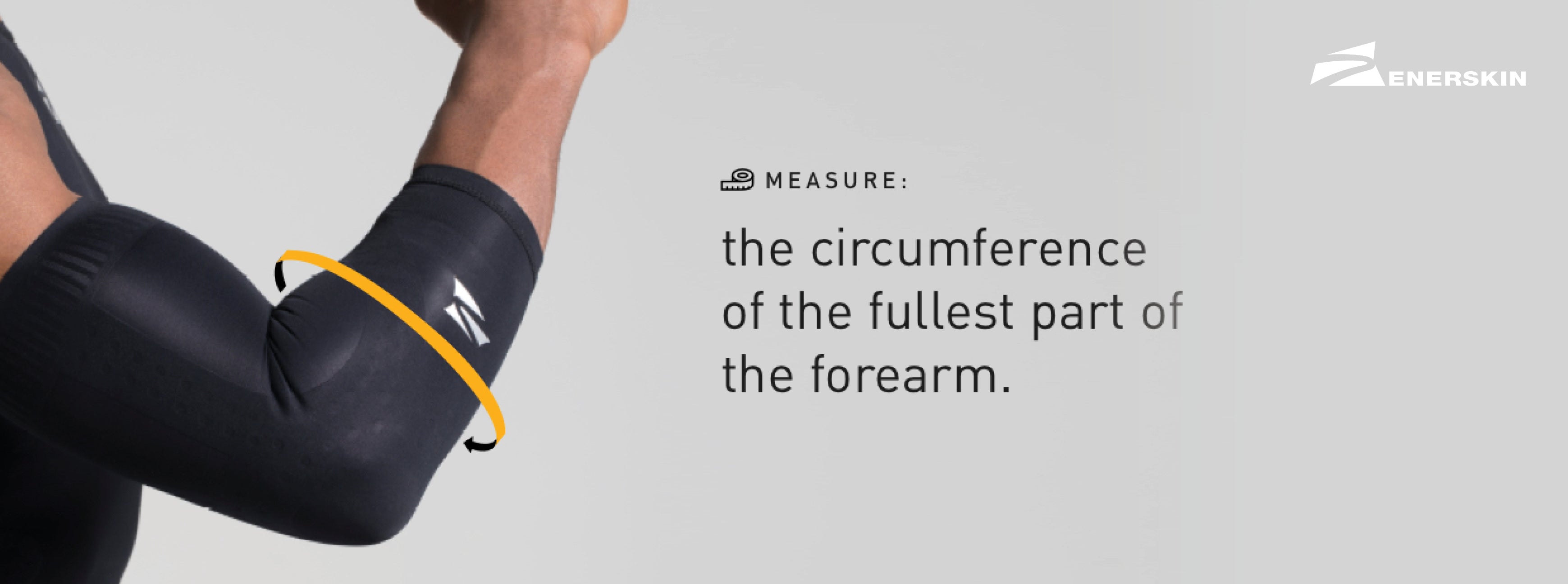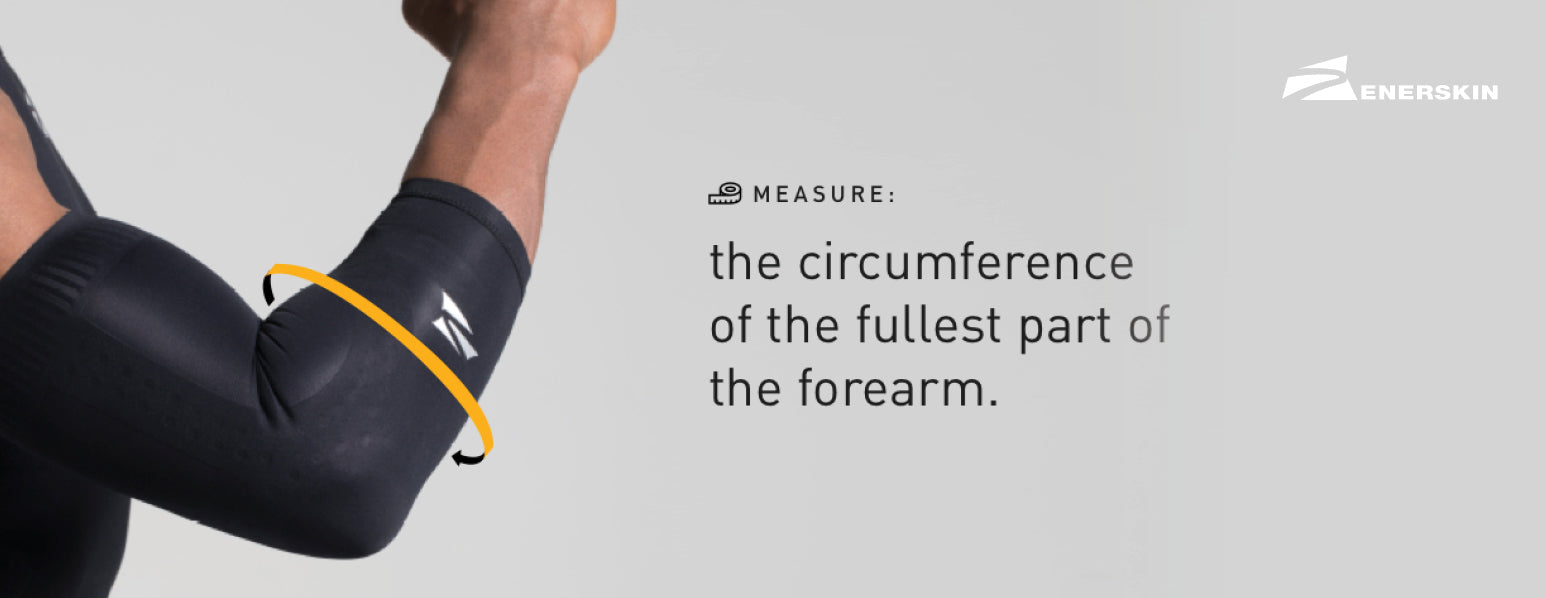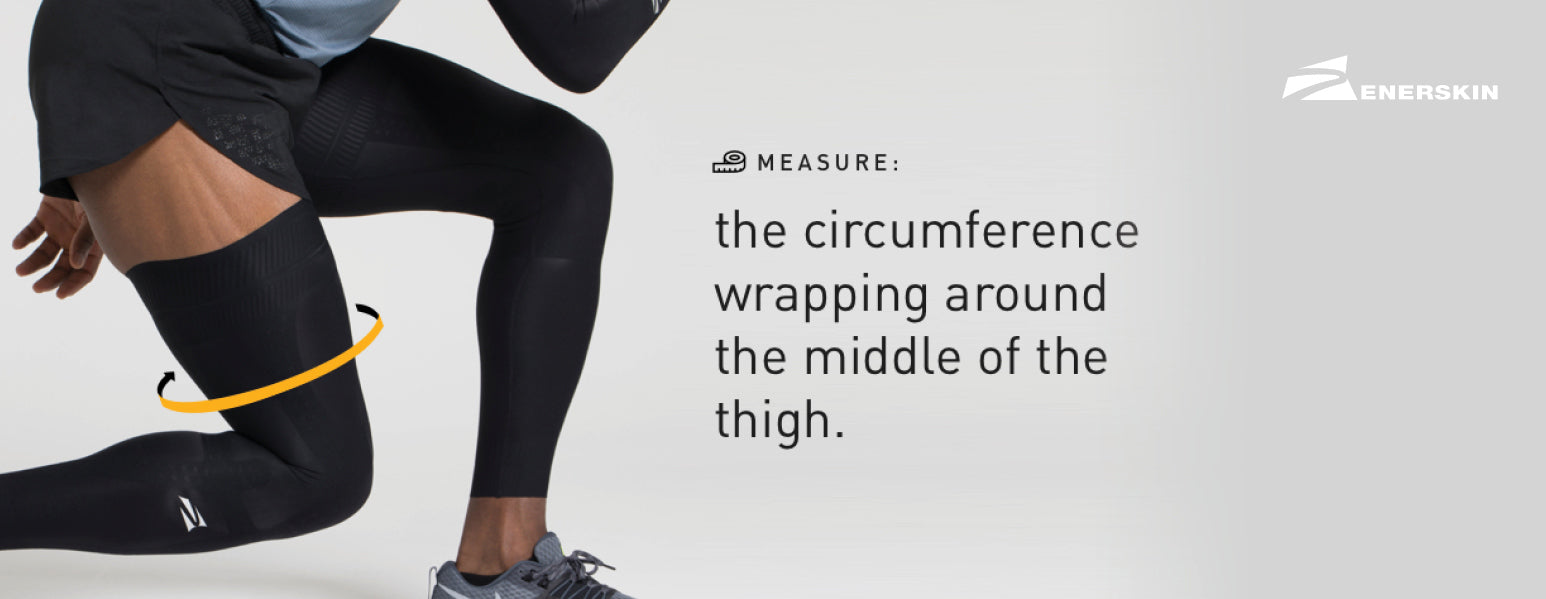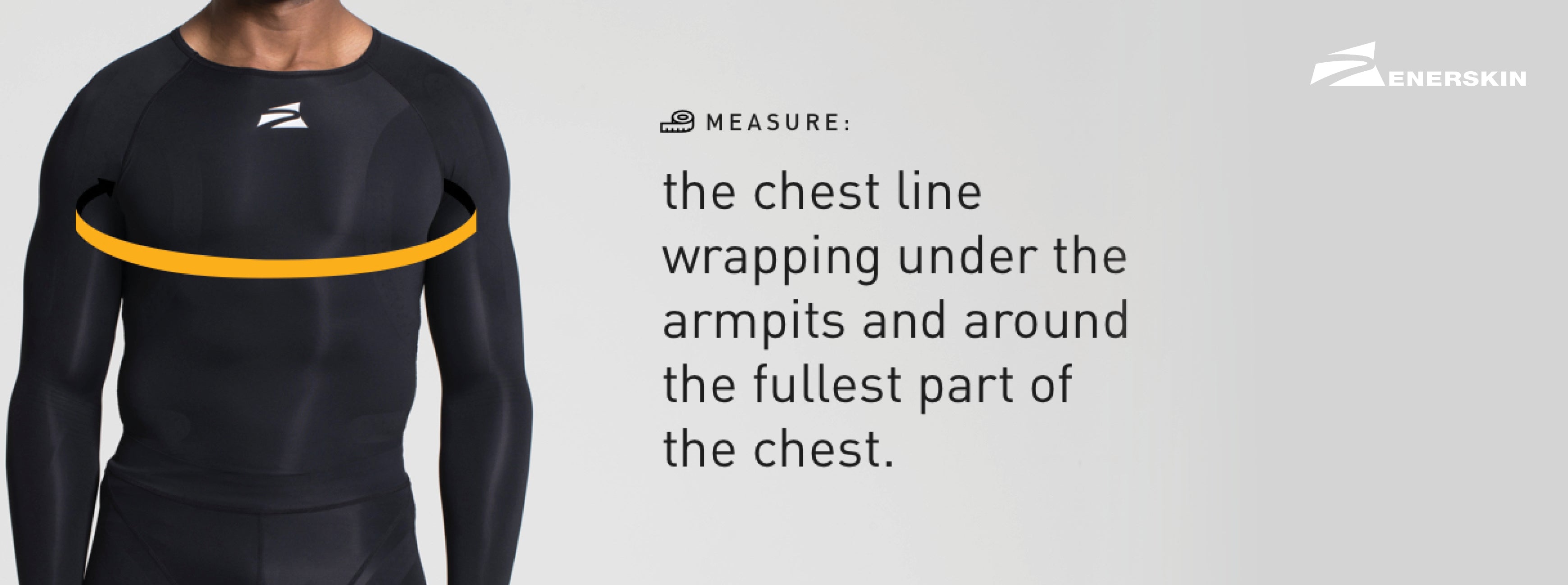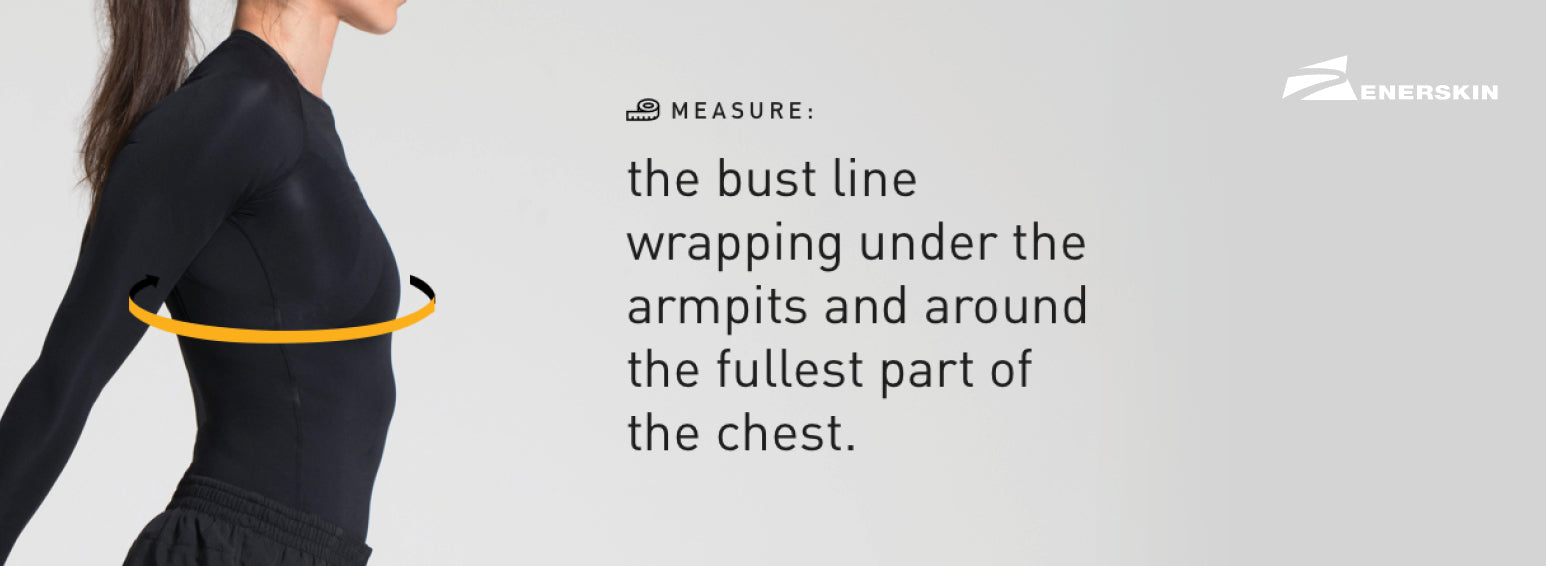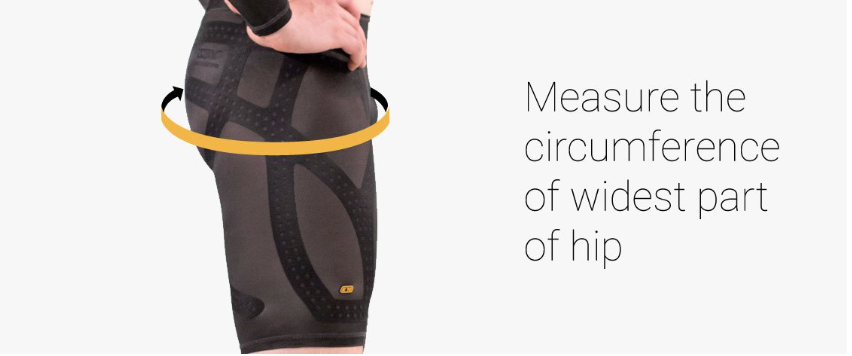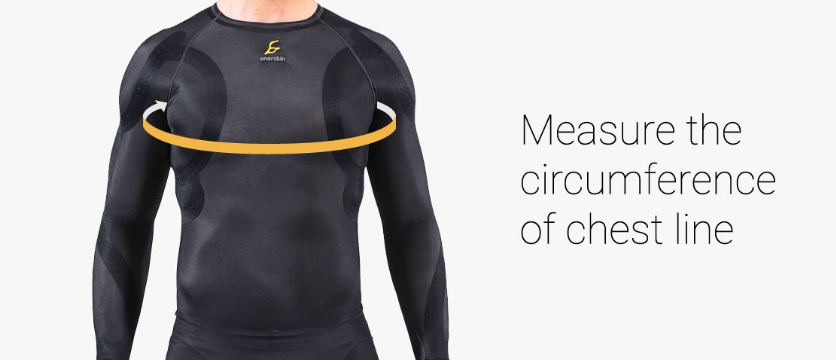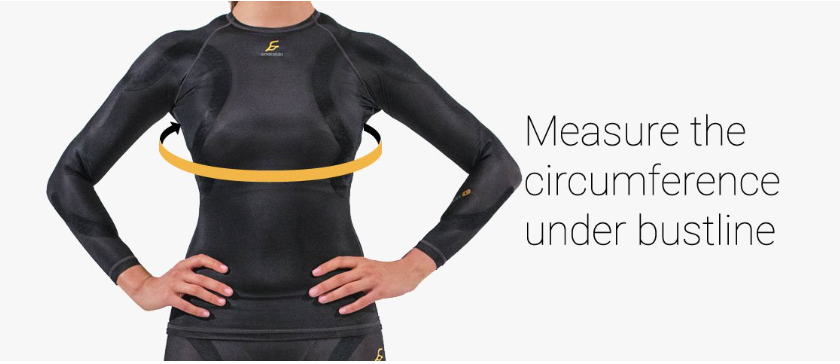Wearing Compression While Flying
You probably know the ins and outs of air travel. Flying is something that 81 percent of Americans have done at least once in their lifetime. But did you know that being on a flight longer than 4 hours is a risk factor for blood clots? In today’s post, we’ll cover what blood clots are, how you can prevent them from happening, and how compression comes into play.

What Are Blood Clots?
Blood clots could happen when blood flow is slowed or stopped. The contributing factor is sitting still for long periods of time without stretching or moving. Serious blood clot complications include deep vein thrombosis (DVT) and pulmonary embolism (PE). We won’t cover the specifics here, but these complications could be fatal.
The good news is that DVT and PE can be prevented and treated. On long flights, there are also steps you can take to reduce your risk.
Prevention
Prior to your long flight, consider booking an aisle seat for easier access to getting up and stretching. You can also consider paying extra for a seat with more legroom. The key to prevention is enough periodic movement of your legs to prevent any clots from forming.
During the flight, stay hydrated and move around when safe to do so. This could mean standing up for a moment to stretch and allow the blood to circulate better. It could also mean walking down the aisle to the restrooms or the open area near the restrooms to stretch out. Please be mindful of the flight attendants - if the seat belt sign is on or the attendants ask passengers to return to their seats, then do that!
There are also exercises you can do in your seat, in case there’s turbulence or the seat belt sign is on. To stretch your thigh muscles, slide your feet back and forth on the floor. To flex the calf muscles, alternate lifting your heels from the ground. And to further improve circulation, alternate curling and relaxing your toes.
You can also bring a tennis or lacrosse ball with you to help massage the leg muscles and to get the blood circulating. Avoid crossing your legs, which restricts circulation, and consider wearing compression wear, which we’ll cover in the next section.
Wearing Compression
If you have a past history of blood clots or would like to further reduce the probability of blood clots during long flights, wearing compression is an excellent option.
Compression wear increases blood circulation in the immediate area and is comfortable and discreet. There are special compression socks that can be purchased with or without a prescription. There is also a wide variety of compression sportswear on the market that can be purchased without a prescription and worn during a long flight.
Enerskin offers the Calf Compression Sleeve Set as well as the Leg Compression Sleeve Set. These sleeves were designed to compress the major leg muscles in specific areas to help with circulation from takeoff to landing. They are comfortable and versatile - you can wear them underneath your normal travel clothes. And don’t forget, Enerskin’s E75 collection of compression sportswear is designed to be worn in reverse (silicone side out) for non-sports situations.

Closing Thoughts
While the overall likelihood of blood clots occurring during a long flight is low, sitting still for long periods of time does increase that chance. Take the proper precautions and wear compression to reduce the likelihood and to travel in comfort!
Sources:
https://www.travelandleisure.com/style/fashion/womens-compression-leggings-for-travel

you may also like



